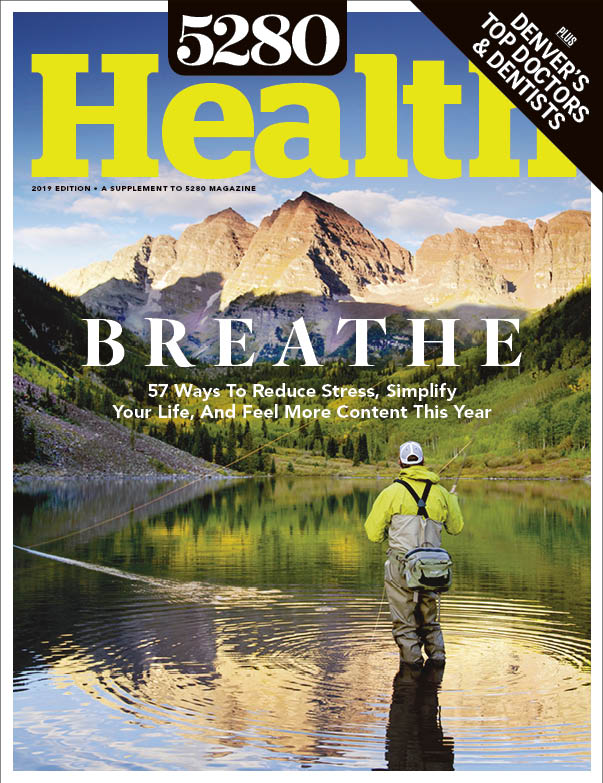The Local newsletter is your free, daily guide to life in Colorado. For locals, by locals.
Perhaps you’ve spent a hangry morning before surgery dreaming of a piece of toast or felt the discomfort of an IV that’s been stuck in your hand for too long. If so, you’ll be glad to hear that some of these long-held pre- and post-surgical practices are getting a closer look, as facilities such as Denver’s Saint Joseph Hospital adopt a set of protocols called Enhanced Recovery After Surgery (ERAS). Developed by Danish physician Henrik Kehlet in the 1990s, ERAS was introduced at St. Joe’s in 2016, and the payoffs have been significant. Many colorectal surgery patients, for example, return home two days sooner than they did prior to the hospital’s use of ERAS. The science isn’t earth-shattering, says Dr. Peter Hession, perioperative medical director for St. Joe’s: “These are straightforward adjustments. But put them together, and they make a difference.” Here’s how ERAS is improving patient care at St. Joe’s.
Then: Patients received basic information about their surgeries but mostly relied on medical staff to facilitate recovery.
Now: Doctors explain procedures in detail so patients know what to expect and how to deal with it when they wake up from anesthesia.
Why It Helps: “People are empowered when they’re responsible for some of their care,” Hession says. Translation: They’re more likely to follow pre- and post-op instructions.
Then: No food or drink after midnight the evening before
an operation.
Now: Guidelines vary, but most patients can eat solid foods up to eight hours pre-procedure, and many continue sipping clear liquids up to two hours before surgery.
Why It Helps: Fasting weakens the body, Hession says. Plus, well-hydrated patients report lower instances of nausea from anesthesia and pain medication.
Then: Intravenous fluids were used generously after surgery.
Now: Nurses rely upon patients’ “thirst mechanisms,” Hession says. Patients who can drink water about 30 minutes after surgery often get enough fluids without the IV.
Why It Helps: Guesswork about fluids is eliminated. The body’s thirst mechanism is the most accurate indication of a patient’s level of dehydration.
Then: A major medical procedure usually meant staying in bed overnight.
Now: Nurses help many patients get up and move around within hours of an operation.
Why It Helps: Lying in bed too long can lead to bed sores, surgical site infections, pneumonia, and blood clots. Being mobile also helps the body recover more quickly.
Then: Morphine and other opioid painkillers were king.
Now: Doctors try non-narcotic pain relief measures, like Tylenol and regional anesthesia, before turning to opioids.
Why It Helps: A fleet of non-opioid painkillers can be just as effective, Hession says, while avoiding potentially life-altering side effects like addiction.









